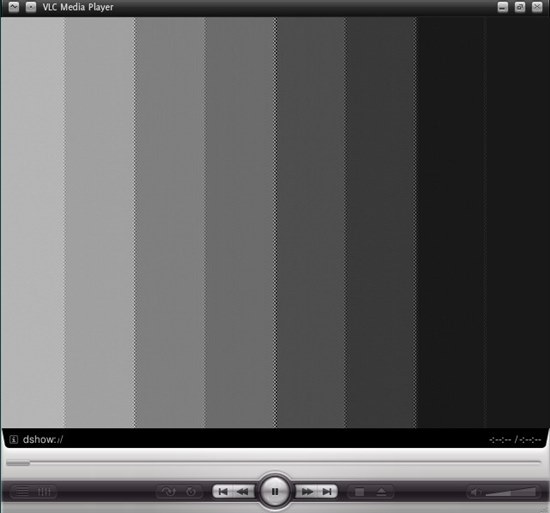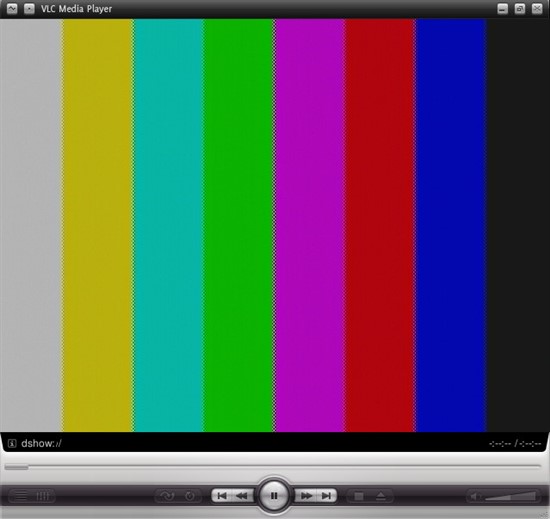Several of our custom boards have problems with video output. Have not seen that before. They run exact same code and TVOUT (composite video output) outputs black-and-white image. Exact same code on the good board produces color. In an attempt to eliminate any fault in our code we enabled the color bars (bit 8 in VDPRO register of VPBE). Same result, good boards have colored bars. "Bad" boards have have grayscale bars.
What could cause the problem? What could cause the color to disappear? Is that a faulty chip?
Here is the B&W (bad):
Here is color (good):



